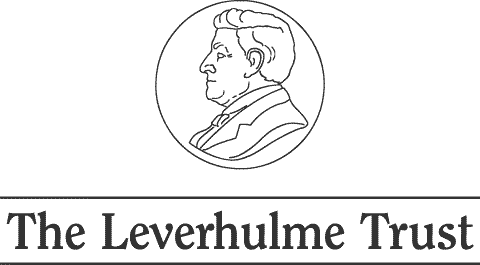To search the RPR site click here
Public access to Pitt-Rivers' collections
Most members of the public only saw those items from Pitt-Rivers' collections that were displayed at Bethnal Green Museum, South Kensington Museum, Pitt-Rivers' private museum at Farnham, Dorset and the Pitt Rivers Museum in Oxford. During the nineteenth century museums were open much more than we perhaps might expect looking back from the twenty-first century. Matthew, 2000: 5 states:
[In Victorian Britain] The cult of work led to Sunday ... being, at least in principle, exclusively dedicated to praising the works of the Lord. Even the opening of high-minded places of self-improvement such as galleries, museums, and libraries on Sundays was a controversial matter. ... In fact, the Sabbath was not as closely observed as some would have liked and from the 1840s societies for the proper observance of the Sabbath were active. ... By 1880, a number of galleries were opening on Sundays, and in 1886 a bill was passed permitting their opening on Sundays in London.
Though he does continue:
Even so, Sunday in most parts of Britain, and especially in Scotland and Wales, was a joyless, frustrating day for those not inclined to frequent worship.
It is true to say that it was much more easy to see Pitt-Rivers' collections in the nineteenth century than it was for most of the twentieth century in Oxford.
Opening Hours at Bethnal Green Museum:
According to Charles Dickens (Jr.), Dickens's Dictionary of London, 1879, admission was free on every day the museum was open, but Wednesday.
Monday - 10 am - 10 pm
Tuesday - 10 am - 10 pm
Wednesday - 10 am - dusk (6d admission)
Thursday - 10 am - 6 pm
Friday - 10 am - 6 pm
Saturday - 10 am - 10 pm
Sunday - Presumably closed
Today the museum is open from 10.00 am to 17.45 pm every day. See here for the Museum website
Opening Hours at South Kensington Museum:
Not known, please email This email address is being protected from spambots. You need JavaScript enabled to view it. you know the hours between 1878 and 1884.
Opening Hours at Farnham, Dorset:
Not known, please email This email address is being protected from spambots. You need JavaScript enabled to view it. you know the hours between 1880s and 1900.
Opening Hours at Pitt Rivers Museum, Oxford:
1887: Court of the Museum open to the public (hours unspecified)
1888 - Upper Gallery open during the afternoons (hours unspecified)
1892: Lower Gallery open, hours unspecified
Although the hours when the Pitt Rivers Museum were open are not specified, it was probably for 2 hours a day (2.00 pm to 4.30 pm, Mondays to Fridays), opening hours only started to increase in the 1990s. Whilst, from the public point of view increasing hours are preferable as they make visiting easier, long opening hours can cause problems for museum staff at any museum as access to the collections on display for cleaning, conservation, removal to storage or close study is made more difficult.
The tradition of opening to the public for a small number of hours only in the afternoons continued through most of the twentieth century. At one time it seemed that the restricted hours were the most famous thing about the Museum:
The Pitt-Rivers Museum
Is shut 22 hours a day and all day Sunday ...' [James Fenton, 'The Pitt-Rivers Museum, Oxford' from 'Terminal Moraine' 1972].
[Opening hours taken from the respective annual reports of the Museum].
The current opening hours of the Museum are more extensive and can be found here, and are
Monday - 12.00 - 16.30 pm
Tuesday to Sunday, and Bank Holiday Mondays - 10 am to 16.30 pm
In order to set these hours in context, the British Museum was open three weekdays and on Saturday afternoons in the 1850s. By 1882 this had increased to five weekdays and all day Saturday. The National Sunday League was formed in 1857 to improve access to museums and other institutions on Sundays, it took until 1896 for the British Museum to open on Sunday afternoons. For further information see here.
AP, November 2010
Bibliography for this article
Matthew, Colin. 2000. 'The Nineteenth Century; Short Oxford History of the British Isles Oxford: Oxford University Press.



